In the ever-evolving world of martial arts today, I know that curious newcomers can feel overwhelmed by the sheer diversity of styles available. I vividly remember my first experiences in martial arts, standing in awe of the vast spectrum—from ancient traditional forms that carry the wisdom of centuries to cutting-edge modern combat techniques promising efficiency and innovation. Each martial art presents its own unique set of benefits and challenges, making the decision both thrilling and daunting.
As someone who has explored various styles, I appreciate how each martial art reflects its cultural origins and philosophical underpinnings. This article explores ten prominent martial arts styles, highlighting their core focuses, cultural roots, training demands, and practical applications. I’ve found that understanding these distinctions is not just helpful but essential. Whether you are on a quest to develop self-defense skills, improve physical fitness, or gain a competitive edge, knowing what each style offers can guide you in choosing the martial art that best aligns with your personal journey.
It’s not just about finding the right fit for your physical goals; it’s about connecting with a discipline that resonates on a deeper level. This connection can transform your martial arts practice into a lifelong passion that enriches both your body and mind.
10 Types of Martial Arts and their Comparisons
When exploring the different types of martial arts, it is essential to conduct a martial arts comparison to understand the differences in martial arts styles. While we’ve provided a breakdown of each art below; in addition, we’ve summarized our findings by providing a martial arts comparison chart at the end of this article. It can be an invaluable tool for visualizing the differences between martial arts, aiding in the selection process.
Brazilian Jiu-Jitsu: The Gentle Art
Brazilian Jiu-Jitsu, often hailed as the "gentle art," is your ticket to mastering the art of ground fighting. Imagine being able to outmaneuver an opponent twice your size, using sheer technique and leverage.
Brazilian Jiu-Jitsu was brought to life by the Gracie family, with Helio Gracie at the forefront. His adaptations of traditional Japanese Jiu-Jitsu and Judo focused on leveraging technique over brute strength, allowing practitioners to outmaneuver larger opponents. The Gracie family's influence has been instrumental in the global spread of BJJ, particularly in the realm of mixed martial arts.
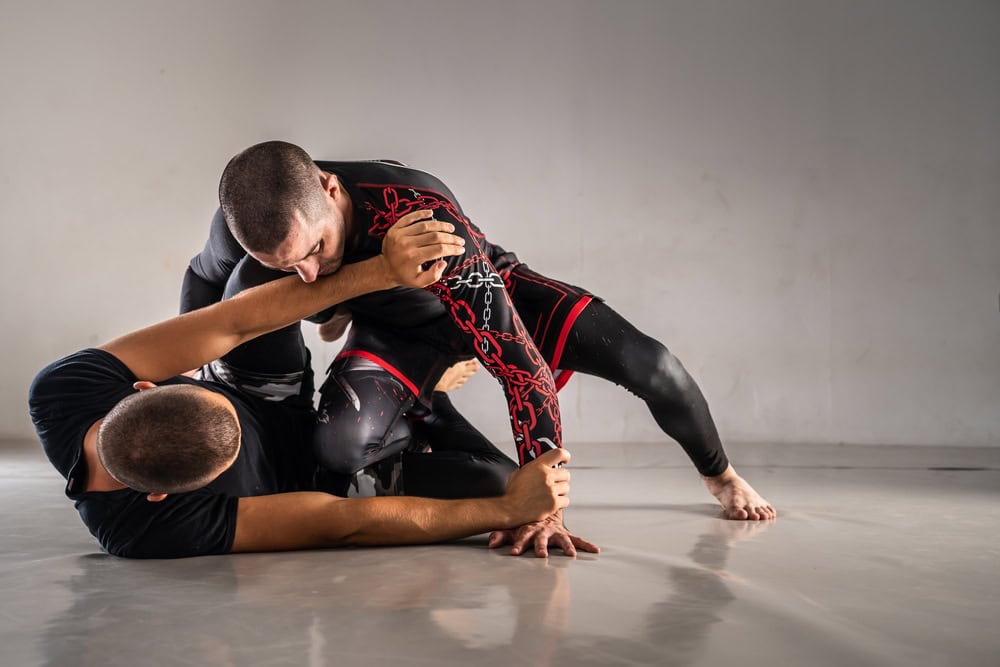
Centered on ground-based grappling techniques, such as arm bars, triangle, and choke holds, allows a 140-pound practitioner to effectively neutralize an opponent weighing over 200 pounds by using leverage and precise control.
BJJ demands high physical endurance and flexibility, with intense training sessions often involving live sparring or "rolling." This martial art is ideal for self-defense and competitive sports, particularly in MMA and submission grappling tournaments. It prioritizes skill over strength, making it an ideal choice for those who appreciate strategy and finesse.
Taekwondo
If you’ve ever dreamed of executing a perfect high kick, Taekwondo might just be your calling. Born ~2,000 years ago, Taekwondo is now deeply rooted in Korean culture. Its emphasis on dynamic kicks makes it a thrilling choice for those who crave speed and agility.
General Choi Hong Hi is credited as a pivotal figure in the creation of Taekwondo, in time becoming the national sport of Korea. This martial art is renowned for its dynamic, high-flying kicks techniques, and rapid footwork. Choi's vision was to develop a martial art that emphasized discipline, respect and mental fortitude, which eventually earned its place in the Olympic Games.
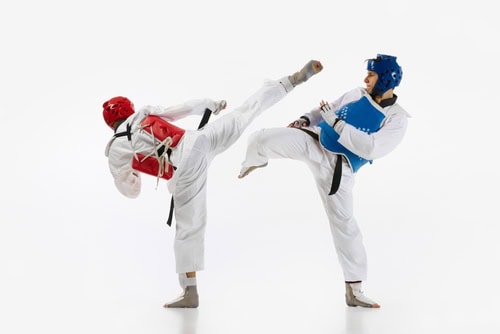
Training is rigorous, focusing on flexibility, strength, and aerobic endurance. Taekwondo is effective for self-defense, fitness, and competitive sports, with a strong emphasis on mental discipline.
Comparing Different Martial Arts: Taekwondo vs. Others
When you compare martial arts like Taekwondo with other styles, unique differences between martial arts become apparent. Taekwondo's focus on high-flying kicks and footwork sets it apart from the grappling techniques prevalent in Brazilian Jiu-Jitsu.
Krav Maga
Krav Maga isn’t just a martial art; it's a gritty, no-nonsense, practical approach to hand to hand combat. If you’re looking for practical, real-world self-defense skills, Krav Maga offers a straightforward path to becoming a formidable defender.
Imrich "Imi" Lichtenfeld, a Hungarian Israeli martial artist, founded Krav Maga based on his real-world experiences defending Jewish neighborhoods in Bratislava during the 1930s. Lichtenfeld's pragmatic and straightforward techniques formed the backbone of this martial art.
Krav Maga’s techniques are driven by survival instincts. It’s a self-defense system focusing on real-world situations, which emphasizes efficiency, aggression, and neutralizing threats. Krav Maga’s high-intensity training focuses on realistic scenarios, requiring mental toughness and physical resilience. Notably, Krav Maga is used by military and law enforcement agencies worldwide.
Judo: The Gentle Way
Judo, the "gentle way," might seem paradoxical given its competitive nature. Originating from Japan, it's all about using an opponent's energy against them. Picture yourself effortlessly by throwing an attacker to the ground—Judo teaches you just that, blending balance, control, and respect in every move.
Jigoro Kano revolutionized martial arts with the creation of Judo. Kano's vision was to transform traditional Jiu-Jitsu into a modern sport that emphasized safety and education. His emphasis on throws, grappling techniques, joint locks, and pins, using an opponent's force against them, coupled with a philosophical approach, has made Judo both an Olympic sport and a tool for character development.
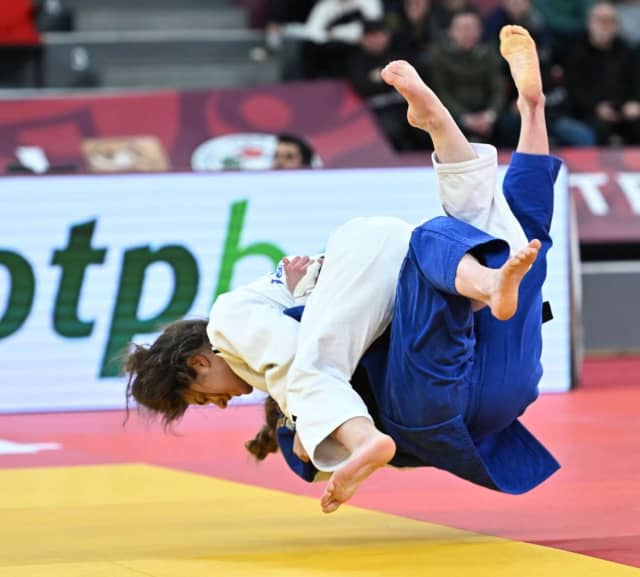
Training involves rigorous physical conditioning and technical drills, with a strong emphasis on sparring. Judo is effective for self-defense and is widely practiced in competitive sports.
Martial Arts Comparison: Judo vs. Brazilian Jiu-Jitsu (BJJ)
In a comparison of martial arts like Judo and Brazilian Jiu-Jitsu, differences in martial arts techniques become evident. While both emphasize leverage and technique, Judo focuses more on throws from a standing position, whereas BJJ specializes in ground grappling.
Karate
Karate is more than just a collection of strikes and blocks; it's a journey of the spirit. With its roots in Okinawa, Japan, Karate is revered for its emphasis on discipline and character building. Karate emphasizes striking techniques, including punches, kicks, and knee strikes.
Karate's development is often attributed to Gichin Funakoshi, who introduced the Okinawan martial art to Japan in the early 20th century. Funakoshi's efforts to systematize Karate and promote its philosophical underpinnings have left a lasting legacy, establishing Karate as a globally practiced discipline.
Karate training is intense, focusing on strength, speed, and precision. It is ideal for self-defense and personal development, with opportunities for competition. Whether you're seeking self-defense skills or a pathway to inner peace, Karate offers a transformative experience.
Exploring the Differences between Martial Arts: Karate and Kung Fu
When comparing martial arts such as Karate and Kung Fu, cultural influences and stylistic approaches highlight the differences between martial arts. Karate's direct strikes contrast with Kung Fu's fluid movements and philosophical depth.
Jiu-Jitsu
Traditional Jiu-Jitsu is like a time capsule of ancient warrior techniques, offering a blend of striking and grappling. With its origins in feudal Japan, it’s the precursor to many modern martial arts, emphasizing the principle of yielding. For those drawn to historical arts with practical applications, Jiu-Jitsu provides a rich tapestry of techniques.
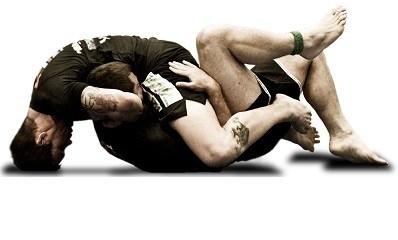
The origins of traditional Jiu-Jitsu are deeply rooted in feudal Japan, with samurai warriors practicing it as a method of close combat. Traditional Jiu-Jitsu combines both striking and grappling techniques, including strikes, throws, and joint locks. Though not attributed to a single creator, its evolution was influenced by many masters who refined its techniques over centuries, making it the foundation for many modern martial arts.
Training varies, often focusing on technique over brute strength. It is effective for self-defense, with a strong emphasis on technique and adaptability.
Kung Fu
Kung Fu is a symphony of movement, embodying centuries of Chinese philosophy and spirituality. This martial art is as much about cultivating internal energy as it is about mastering physical techniques. Rich in history, Kung Fu is deeply rooted in Chinese culture, philosophy, and spirituality.
Kung Fu encompasses a vast array of Chinese martial arts, with legends like Bodhidharma often credited for its early development. Bodhidharma, an Indian monk, is said to have introduced exercises to Shaolin monks, laying the groundwork for what would become the rich tapestry of Kung Fu styles we know today. It encompasses a wide range of Chinese martial arts, focusing on fluid movements, strikes, and weaponry.
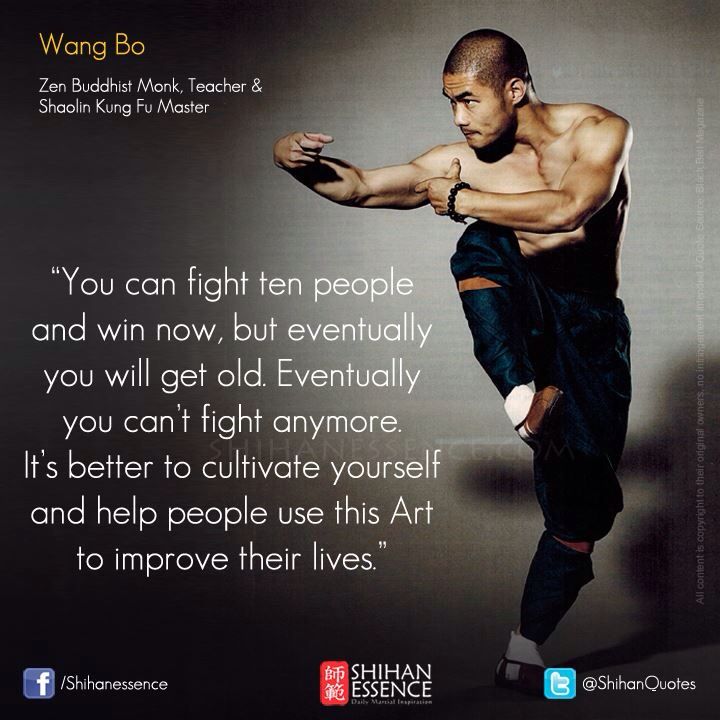
The training is diverse, emphasizing flexibility, strength, and internal energy or "Qi." Kung Fu is practiced for self-defense, health, and spiritual development, with a focus on traditional forms. For those seeking a holistic approach to martial arts, Kung Fu promises a journey of mind, body, and spirit.
Aikido: The Art of Peace
Aikido is the art of peace, focusing on harmony and the redirection of energy. Developed in Japan, it stands out for its non-violent approach, making it perfect for those who value conflict resolution through peaceful means. Aikido isn't just about defeating an opponent; it's about mastering oneself.
Morihei Ueshiba, known as O-Sensei, founded Aikido in the early 20th century. Ueshiba's vision was to create a modern martial art that focused on harmony and the redirection of an opponent's energy using throws and joint locks. His spiritual and philosophical insights have made Aikido a unique practice that extends beyond mere physical techniques.
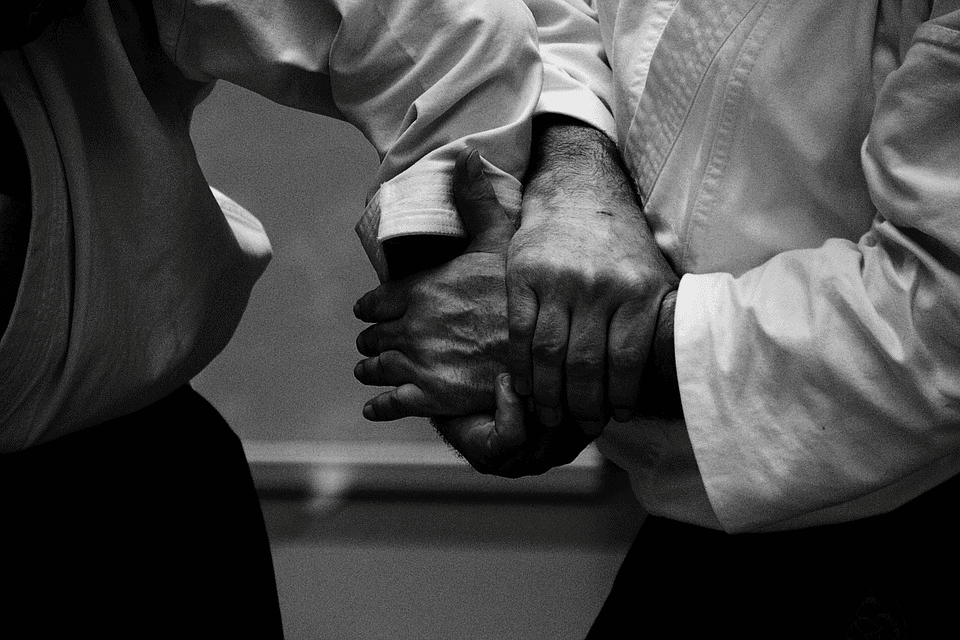
Source: pixabay.com
Aikido Training focuses on fluid movement and mental discipline, with less emphasis on physical strength. It is ideal for self-defense and personal growth, emphasizing non-violent conflict resolution.
Comparing Martial Arts: Aikido's Unique Approach
Aikido is unique among martial arts for its emphasis on harmony and redirection of energy, prioritizing non-violent conflict resolution over physical confrontation. Unlike striking or grappling arts such as Karate or Brazilian Jiu-Jitsu, Aikido focuses on using an opponent's force to neutralize attacks without causing harm. This peaceful, fluid approach makes Aikido particularly appealing to those who value self-defense through gentle redirection rather than aggression.
Tang Soo Do
Tang Soo Do combines the best of Korean, Japanese and Chinese martial arts, offering a disciplined pathway to self-control and respect. If you’re drawn to the precision of Karate but appreciate a touch of Korean flair, Tang Soo Do is a compelling choice, blending traditional values with modern techniques.
Hwang Kee is recognized as the founder of Tang Soo Do, the Korean martial art he created that blends elements of Karate and indigenous Korean techniques. Tang Soo Do combines strikes, blocks, and forms, similar to Karate, with a focus on discipline and self-control. Hwang Kee's dedication to preserving traditional martial arts during a time of cultural suppression in Korea has ensured Tang Soo Do's continued practice today.
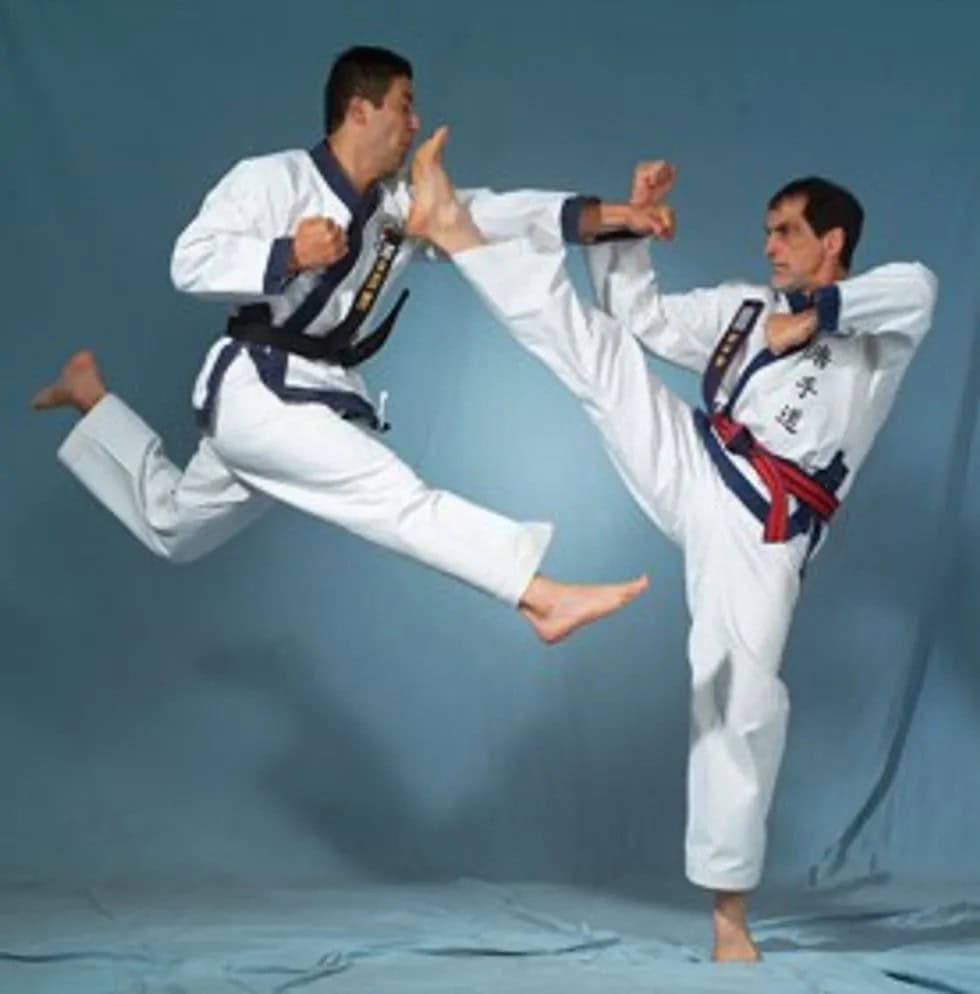
source: traditionalsports.org
Training involves a balance of physical conditioning, technique, and mental focus, and is suitable for all ages. Like the other arts Tang Soo Do is effective for self-defense and personal development, with opportunities for competition and cultural appreciation.
Exploring the differences of Tang Soo Do's Distinctive Blend and other Martial Arts
Tang Soo Do uniquely blends elements from Korean, Japanese, and Chinese martial arts, combining the precision of Karate with the dynamic kicks of Taekwondo. Unlike arts that focus solely on striking or grappling, Tang Soo Do emphasizes a balanced approach with strikes, blocks, and forms, alongside a strong philosophical foundation of discipline and respect.
This integration of traditional values with practical techniques offers practitioners a comprehensive martial arts experience that values both physical and mental development.
Muay Thai: The Art of Eight Limbs
Muay Thai, the "Art of Eight Limbs," is a powerhouse of striking techniques. Known for its effectiveness in the ring, this Thai martial art utilizes every part of the body as a weapon. If you're looking to compete or simply want a rigorous workout, Muay Thai delivers intensity and effectiveness in spades.
Muay Thai, deeply embedded in Thai culture, evolved over centuries with contributions from numerous practitioners and fighters. It utilizes punches, kicks, elbows, and knee strikes; hence, the name “Art of Eight Limbs”, making it a highly effective striking art. While not credited to a single founder, the art's codification and popularization in the 20th century were significantly influenced by King Rama VII, who helped formalize its rules and spread its practice.
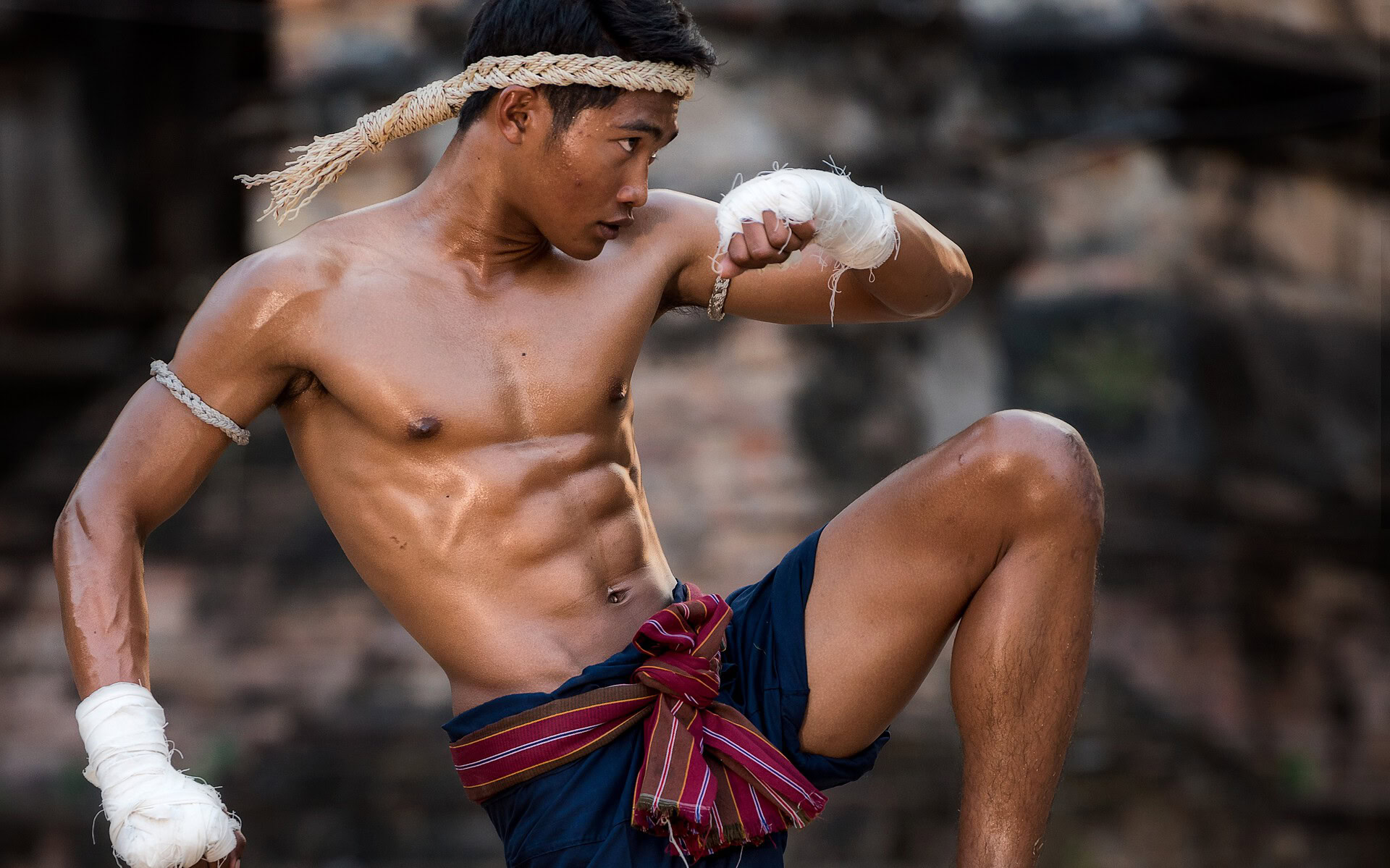
Training is intense, focusing on cardiovascular fitness, strength, and technique, often involving full-contact sparring. It is widely used in competitive fighting, including MMA, Muay Thai is also highly effective for self-defense.
Comparing Muay Thai vs. Other Martial Arts
Unlike martial arts that focus on fewer striking points, such as Karate's emphasis on punches and kicks, Muay Thai's diverse techniques offer a robust comparison of martial arts effectiveness in both competitive and self-defense scenarios. This martial arts comparison highlights Muay Thai's rigorous training and practicality, setting it apart from styles that prioritize forms or ground techniques.
Factors to Consider When Choosing a Martial Art
Choosing the right martial art depends on individual goals and environmental factors. Consider the following factors:
Martial Arts Comparison Chart
Should I train in an art that focuses on ground fighting because 90% of all fights end up on the ground? Unfortunately, there isn't definitive evidence to support that claim. While studies and anecdotal evidence from martial arts and self-defense contexts suggest that many fights do end up on the ground, the exact percentage can vary widely depending on numerous factors, including the environment, the participants' skills, and the specific circumstances of the encounter.
You should also consider that the number of adults in the United States, who know how to defend themselves is well below 1%, (according to City-Data.com). As such, when evaluating a martial art, if your primary focus is self-defense, this and other factors should be part of the consideration set.
There are dojos that train in both stand up and ground fighting approaches to create a more balanced martial artist. Such as Old City Aikido in Center City in Philadelphia under the direction of 5 Dan Jason Perna who blends Aikido stand up with BJJ ground game. Please keep in mind that the chart below is not definitive and meant to be a general framework on how to evaluate the different martial arts.
Martial Arts | Focus | Unique Attributes & Techniques Involved | Ideal For |
|---|---|---|---|
BJJ | Ground | Excels in ground control and submission tactics (joint locks and chokeholds) | Grappling Tournaments |
Karate | Stand-up | Focuses powerful strikes (punches, kicks, blocks) and mental fortitude | Beginners, Structured Training |
Tang Soo Do | Stand-up | Combines precision of Karate with Korean flair, emphasizes balance, and technique | Discipline & Intensity |
Taekwondo | Stand-up | Dynamic high kicks and agility, focusing on precision and speed | Competitions |
Judo | Stand-up | Mastery of throws and leverage, using opponent's force against them | Competitions |
Muay Thai | Stand-up | Utilizes the "eight limbs" (Fists, elbows, knees and kicks) for brutal striking power | Competitions |
Kung Fu | Stand-up | Integrates fluid techniques with philosophical and spiritual emphasis on internal energy (Qi) | Competitions |
Krav Maga | Stand-up | Practical and aggressive, designed for real-world self-defense situations | Street Defense |
Aikido | Stand-up | Non-aggressive, self defense redirecting opponent's energy with fluid movements | Conflict Resolution |
Jiu-Jitsu | Standup / Ground | Blends striking and grappling with adaptive techniques (throws & joint locks) | Street Defense |
Final Thoughts
As we conclude this exploration of ten diverse martial arts styles, I hope you feel empowered to embark on your journey. As you begin your exploration, remember that each style offers a unique blend of cultural heritage, philosophical depth, and practical application that will allow you to discover a discipline that resonates with your personal goals and values. Whether you seek self-defense, fitness, or a connection to cultural traditions, I believe there’s a martial art that can meet your needs.
Remember, the decision isn’t merely about techniques or physical training; it’s about finding a practice that ignites your passion and transforms your perspective. Take the time to explore, train, and connect with the martial art that speaks to you. Your journey in martial arts can be a transformative experience, enriching not only your body but also your mind and spirit. Embrace the path ahead, and let your practice guide you towards personal growth and fulfillment.

Frequently Asked Questions
What is the Most Complete Martial Art?
Determining the most complete martial art depends on personal objectives. For overall fitness and self-defense, Krav Maga and Brazilian Jiu-Jitsu offer comprehensive approaches. These styles offer comprehensive training that covers various aspects of combat, making them versatile choices. For competitive sports, Muay Thai and Wrestling provide effective, well-rounded training.
What is the Hardest Martial Art?
The difficulty of a martial art is subjective and varies based on an individual's physical and mental attributes. Generally, styles like Brazilian Jiu-Jitsu and Muay Thai are often considered challenging due to their rigorous training demands.
Can You Train for Different Martial Arts at the Same Time?
Yes, cross-training in different martial arts can enhance overall skills and adaptability. However, it's essential to balance training to avoid overtraining and ensure proper recovery.
Which Martial Art is the Best for Beginners?
For beginners, martial arts like Karate and Taekwondo offer structured environments with clear progression paths, making them accessible entry points.
Sign up for our FREE Weekly Digest - Get the latest on Training, Nutrition, Lifestyle & Gear!
